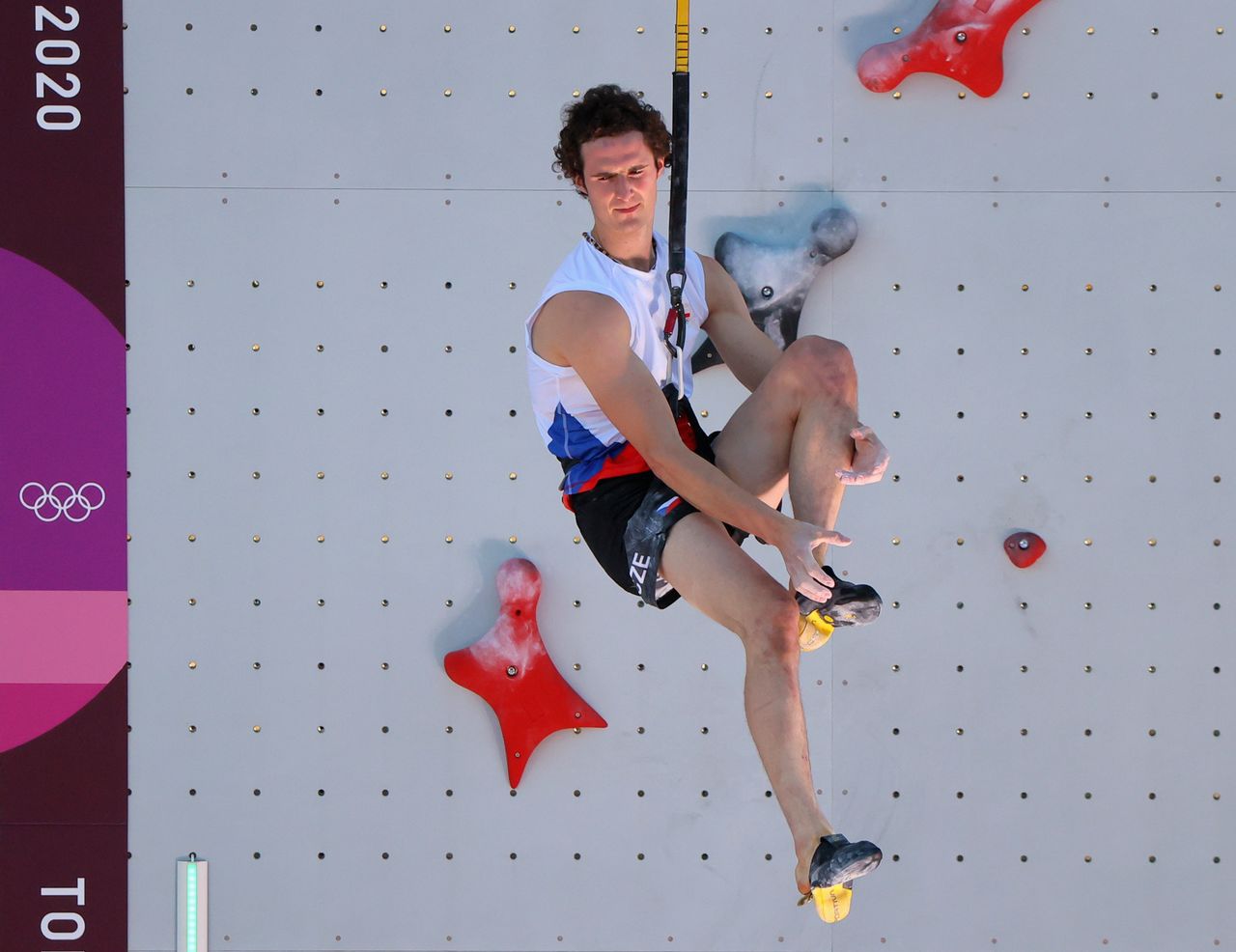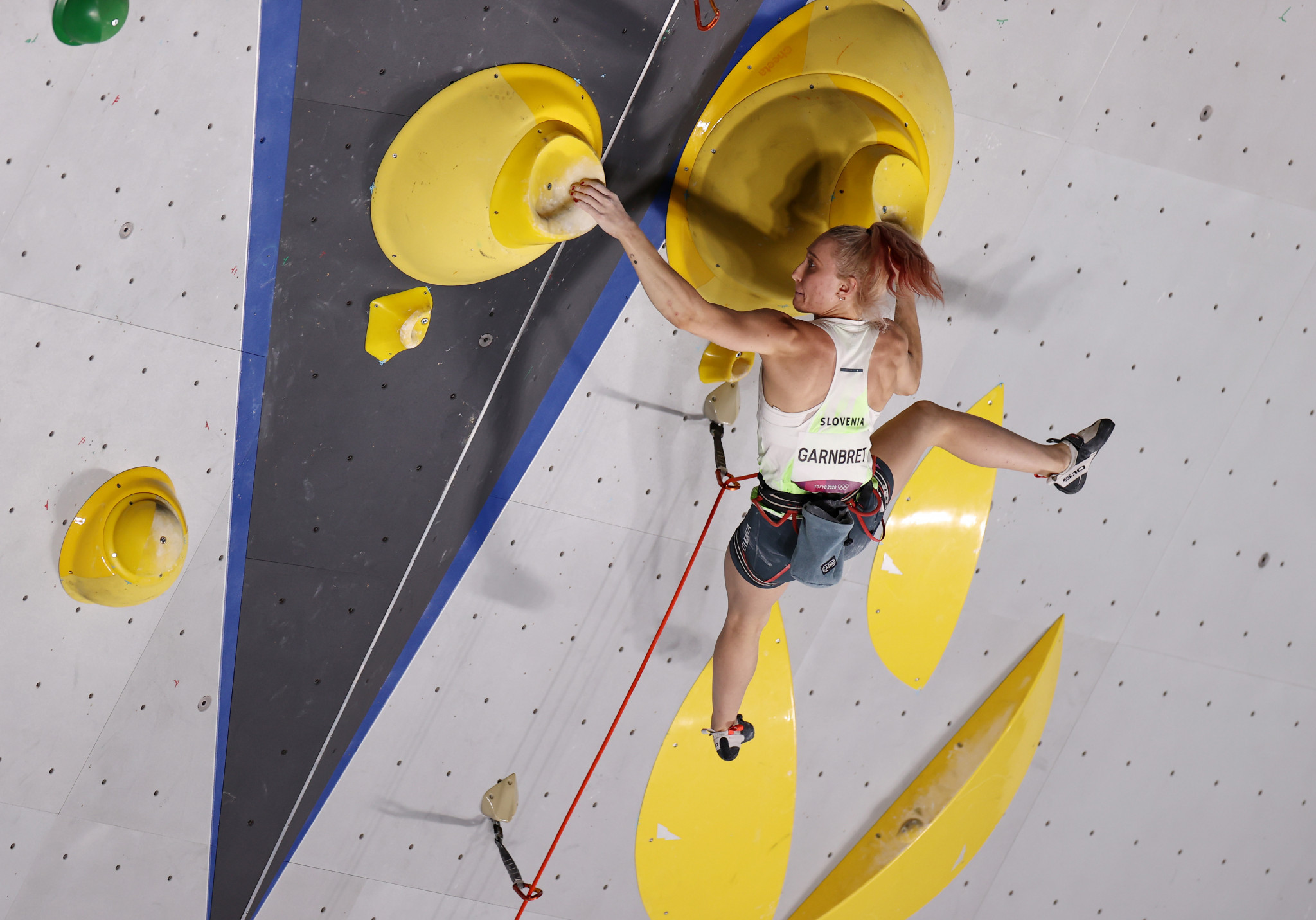History of Sport Climbing and its Inclusion in the Olympics

Sport climbing, a thrilling and challenging discipline that tests both physical prowess and mental fortitude, has its roots deeply embedded in the history of mountaineering and rock climbing. This exciting sport, which involves ascending artificial climbing walls or natural rock formations using ropes and specialized equipment, has evolved significantly over the years, ultimately gaining recognition as an Olympic sport.
The Origins and Evolution of Sport Climbing, Sport climbing combined olympics in hindi
Sport climbing’s origins can be traced back to the early days of mountaineering, where climbers sought to conquer challenging peaks and navigate treacherous terrain. Over time, the focus shifted from pure exploration to developing specific climbing techniques and strategies. This shift led to the emergence of sport climbing as a distinct discipline, with a focus on technical difficulty, precise movements, and athletic performance.
- Early Years (19th Century): The early years of sport climbing were marked by exploration and experimentation, as climbers sought to push the boundaries of what was possible. Mountaineers like Edward Whymper, who successfully ascended the Matterhorn in 1865, played a crucial role in developing techniques and equipment that laid the foundation for modern sport climbing.
- Mid-20th Century: In the mid-20th century, sport climbing began to gain momentum as a recreational activity, with the development of specialized climbing gyms and the establishment of climbing competitions. The invention of quickdraws, a system for attaching ropes to climbing anchors, revolutionized the sport by allowing climbers to move more efficiently and safely.
- Late 20th Century: The late 20th century witnessed a surge in popularity for sport climbing, driven by advancements in climbing equipment, the establishment of international climbing federations, and the rise of professional climbers. The development of bouldering, a form of sport climbing without ropes, further broadened the appeal of the sport.
Factors Leading to Sport Climbing’s Inclusion in the Olympics
The inclusion of sport climbing in the 2020 Tokyo Olympics was a significant milestone, signifying the sport’s growing recognition and global appeal. This inclusion was driven by several key factors, highlighting the sport’s dynamic nature, growing popularity, and its ability to captivate audiences worldwide.
- Growing Popularity and International Recognition: Sport climbing’s popularity has exploded in recent years, attracting a diverse range of participants and enthusiasts. The establishment of international climbing federations, such as the International Federation of Sport Climbing (IFSC), has played a crucial role in promoting the sport globally and establishing standardized rules and regulations for competitions.
- Dynamic and Exciting Nature: Sport climbing is a visually captivating and adrenaline-pumping sport that offers a unique blend of physical and mental challenges. The sport’s dynamic nature, with its intricate movements, precise footwork, and challenging routes, makes it a thrilling spectacle for spectators.
- Accessibility and Inclusivity: Sport climbing is a relatively accessible sport, with climbing gyms and outdoor climbing destinations available worldwide. The sport’s inclusivity, welcoming climbers of all ages, abilities, and backgrounds, has contributed to its widespread appeal.
The Significance of the 2020 Tokyo Olympics for Sport Climbing
The inclusion of sport climbing in the 2020 Tokyo Olympics marked a pivotal moment for the sport, elevating its status to a global stage and showcasing its potential to captivate a wider audience. The Games provided a platform for the world’s best climbers to compete for Olympic glory, inspiring aspiring athletes and further solidifying the sport’s position as a legitimate and recognized discipline.
- Global Recognition and Exposure: The Olympic Games provided an unprecedented platform for sport climbing, exposing it to a global audience and generating significant media attention. This exposure helped to raise awareness of the sport and its diverse range of disciplines, attracting new participants and sponsors.
- Boosting the Sport’s Development: The inclusion of sport climbing in the Olympics provided a significant boost to the sport’s development, attracting increased investment, infrastructure improvements, and opportunities for athletes. The Games also helped to establish a more structured and professionalized environment for the sport.
- Inspiring Future Generations: The Olympic Games served as a source of inspiration for aspiring climbers, showcasing the achievements of elite athletes and demonstrating the sport’s potential for success at the highest level. The Games also highlighted the sport’s values of perseverance, determination, and overcoming challenges.
Understanding Sport Climbing Disciplines: Sport Climbing Combined Olympics In Hindi

Sport climbing is a thrilling and challenging activity that has captivated adventurers and athletes alike. This dynamic sport has gained immense popularity worldwide, with its unique blend of strength, agility, and mental fortitude. It’s no surprise that sport climbing was included in the Tokyo 2020 Olympics, marking a significant milestone for this exciting discipline.
In sport climbing, athletes compete in three distinct disciplines: Lead, Bouldering, and Speed Climbing. Each discipline presents its own set of challenges and demands different skills and techniques from the climbers. Let’s delve deeper into each discipline and understand the unique aspects that make them so captivating.
Lead Climbing
Lead climbing is a discipline that tests a climber’s endurance, technique, and ability to navigate challenging routes. In lead climbing, the climber ascends a tall wall, usually 15 meters or higher, equipped with ropes and safety gear. The route is pre-set with a series of holds, and the climber must use their strength, agility, and strategy to reach the top.
The climber’s progress is marked by quickdraws, which are clips that attach the rope to the holds, ensuring safety as the climber ascends. A fall in lead climbing is protected by the rope, but it does result in a penalty.
Lead climbing is about finding the perfect balance between power and precision, as you navigate challenging moves and maintain your focus throughout the climb.
The climber’s performance is judged based on the highest point reached on the wall, with additional points awarded for the style and efficiency of their climb.
Bouldering
Bouldering is a discipline that focuses on strength, power, and problem-solving skills. It involves climbing short, challenging routes on a low wall, typically 4 to 5 meters high, without the use of ropes. Instead, climbers rely on crash pads placed below the wall for safety in case of a fall.
Bouldering routes are often intricate and require a high degree of technical skill and strategic thinking. The climber must analyze the route, identify the best hand and foot holds, and execute a series of complex moves to reach the top.
Bouldering is a dynamic and engaging discipline that encourages creativity and problem-solving skills. It’s a great way to build strength, improve your climbing technique, and push your limits.
The climber’s performance is judged based on the number of successful ascents and the difficulty of the routes they complete.
Speed Climbing
Speed climbing is a discipline that focuses on speed and agility. It involves climbing a standardized 15-meter wall with a pre-set route, using a rope for safety. The climber’s goal is to reach the top as quickly as possible.
Speed climbing demands explosive power, quick reflexes, and a deep understanding of the route. Climbers must practice their technique, timing, and transitions to achieve the fastest times.
Speed climbing is a high-intensity discipline that requires both physical and mental prowess. It’s a thrilling spectacle to watch, as climbers race against the clock, pushing their limits to achieve the fastest times.
The climber’s performance is judged based on the time taken to complete the route. The fastest climber wins the competition.
Scoring Systems
| Discipline | Scoring System |
|—|—|
| Lead Climbing | Highest point reached on the wall, with additional points awarded for style and efficiency |
| Bouldering | Number of successful ascents and the difficulty of the routes completed |
| Speed Climbing | Time taken to complete the route (fastest time wins) |
Sport climbing combined olympics in hindi – The sport climbing combined event at the Olympics has been a thrilling spectacle, showcasing the incredible strength and agility of athletes. After a long day of climbing, there’s nothing quite like relaxing in the Dawson outdoor basket swing chair , a perfect way to unwind and reflect on the day’s competition.
Perhaps it’s a reminder that while sport climbing is a demanding sport, there’s also a sense of tranquility and peace to be found in the outdoors.
The inclusion of sport climbing in the combined Olympics in Hindi has sparked a wave of excitement among enthusiasts. This fusion of disciplines, encompassing speed climbing, bouldering, and lead climbing, showcases the multifaceted nature of the sport. The 2024 Olympics in Paris will undoubtedly build upon this momentum, as witnessed in climbing olympics 2024 , where the competition promises to be even more intense.
This growing global recognition of sport climbing will undoubtedly propel its popularity further in India and beyond, fostering a new generation of climbers.